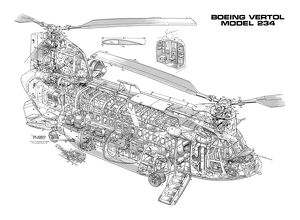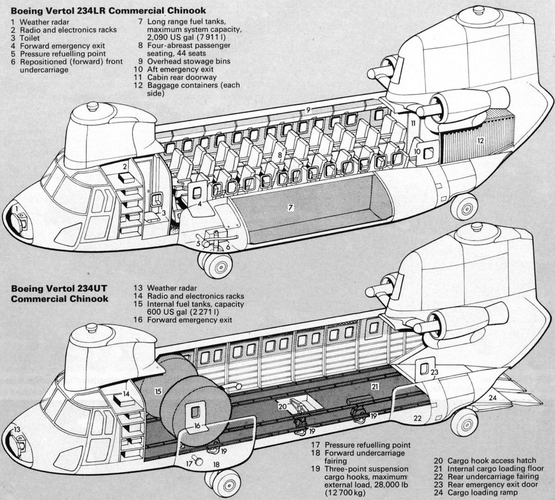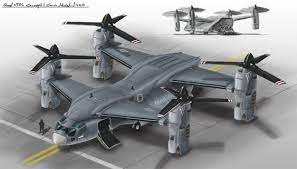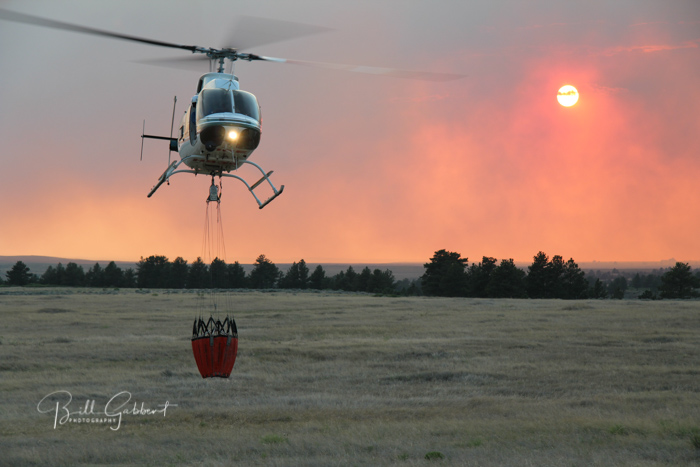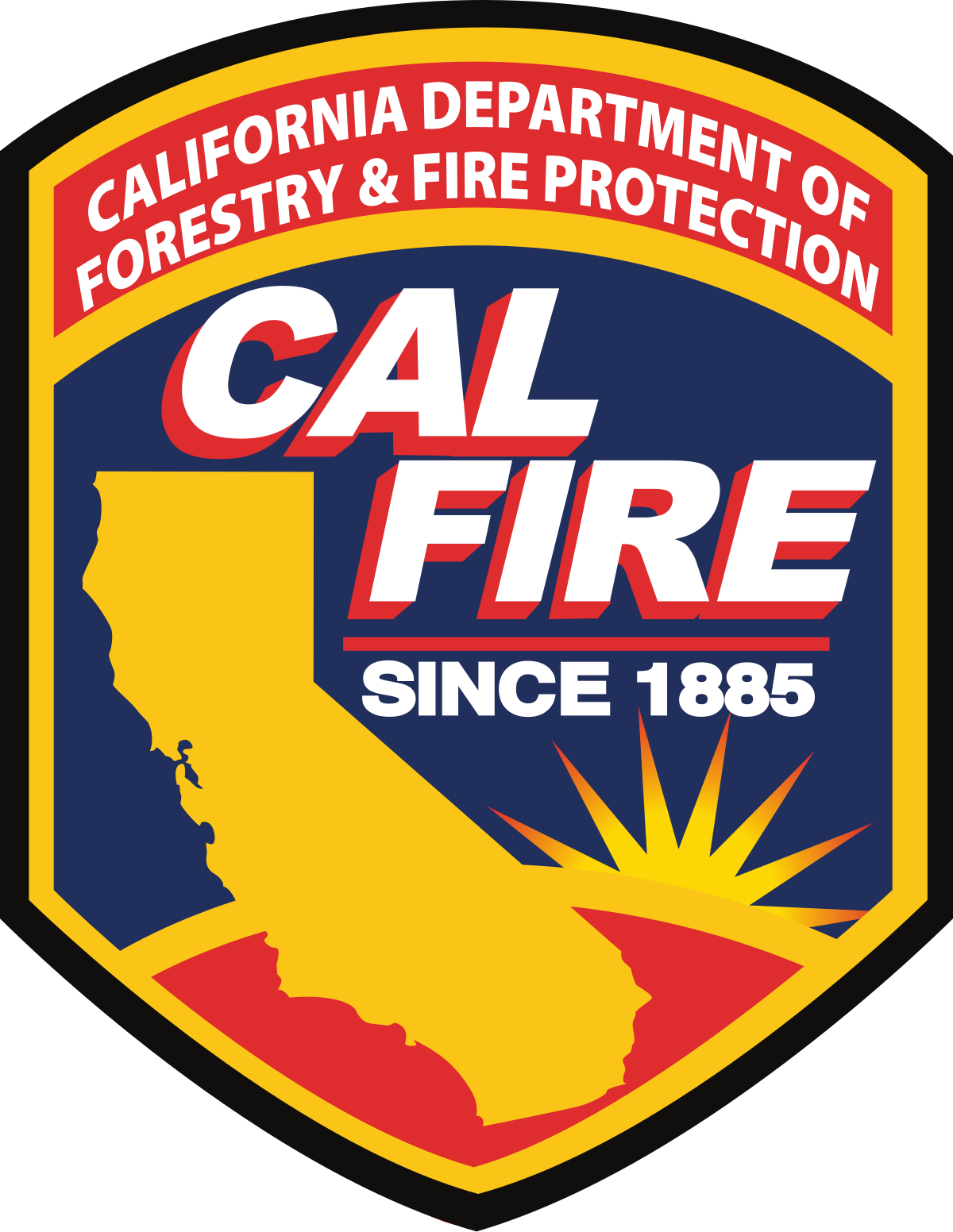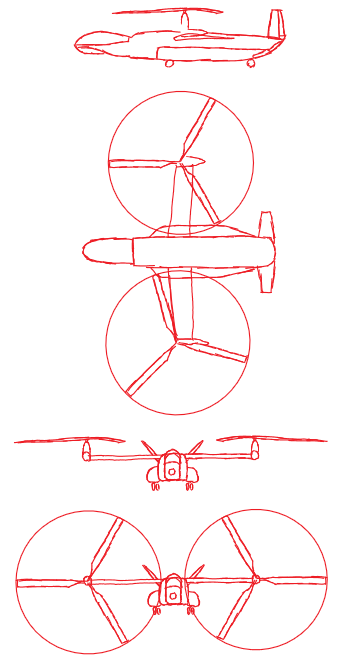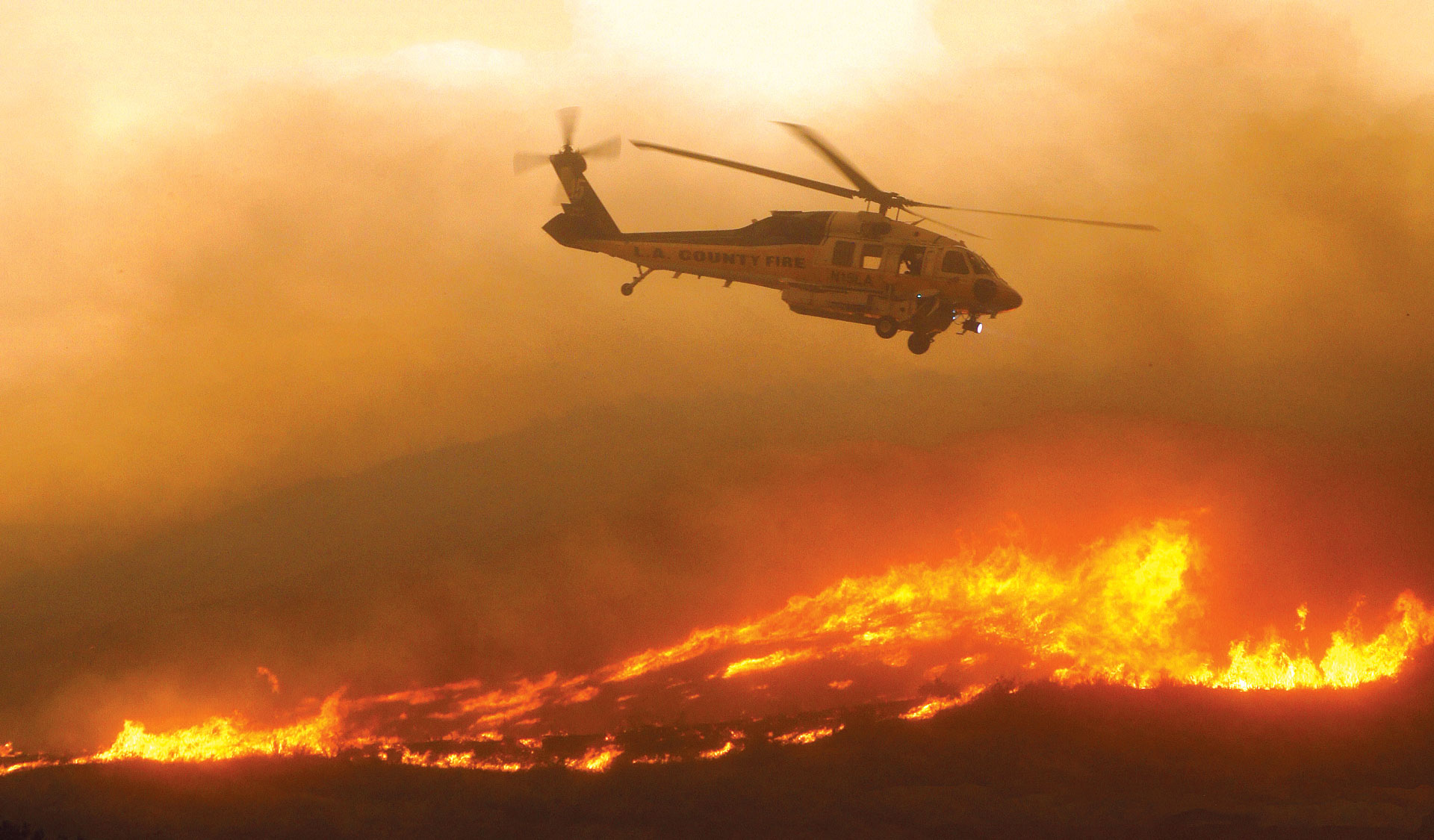- Joined
- 11 March 2012
- Messages
- 3,249
- Reaction score
- 3,179
This was inspired by an aeronautical engineering student posting on this forum. His semester project is to design a fire-fighting airplane.
What if we start a group design of a new fire-fighting airplane.
It cannot be based upon an old military-surplus airframe, but can use military-surplus engines, avionics, etc.
We start by defining the mission.
How far from home base?
What type of terrain around the fire?
What types of trees and fuel?
How quickly do we need to extinguish?
Do we need to knock down the fire with a single drop?
How many tons of water or retardant to knock down a typical fire?
Do we need to be able to refill from a nearby lake or swimming pool?
How many minutes to turn-around at home base?
How long must it loiter?
How many drops before needing to refuel?
Does the airplane need to be able to land on water?
What sorts of avionics: radar, sonar, infrared, synthetic vision, etc.?
Does it need to be manned?
How far away can ground crew be stationed?
Will we need another airplane orbiting over the fire to provide a data link?
How many crew?
I am leaning towards a new airframe built around components (engine, sensors, auto-pilot, etc.) from a military-surplus RQ-?? military drone. The airframe will need to be stronger and lower aspect ratio for maneuverability in steep mountain valleys.
What are your thoughts?
What if we start a group design of a new fire-fighting airplane.
It cannot be based upon an old military-surplus airframe, but can use military-surplus engines, avionics, etc.
We start by defining the mission.
How far from home base?
What type of terrain around the fire?
What types of trees and fuel?
How quickly do we need to extinguish?
Do we need to knock down the fire with a single drop?
How many tons of water or retardant to knock down a typical fire?
Do we need to be able to refill from a nearby lake or swimming pool?
How many minutes to turn-around at home base?
How long must it loiter?
How many drops before needing to refuel?
Does the airplane need to be able to land on water?
What sorts of avionics: radar, sonar, infrared, synthetic vision, etc.?
Does it need to be manned?
How far away can ground crew be stationed?
Will we need another airplane orbiting over the fire to provide a data link?
How many crew?
I am leaning towards a new airframe built around components (engine, sensors, auto-pilot, etc.) from a military-surplus RQ-?? military drone. The airframe will need to be stronger and lower aspect ratio for maneuverability in steep mountain valleys.
What are your thoughts?
Last edited:

